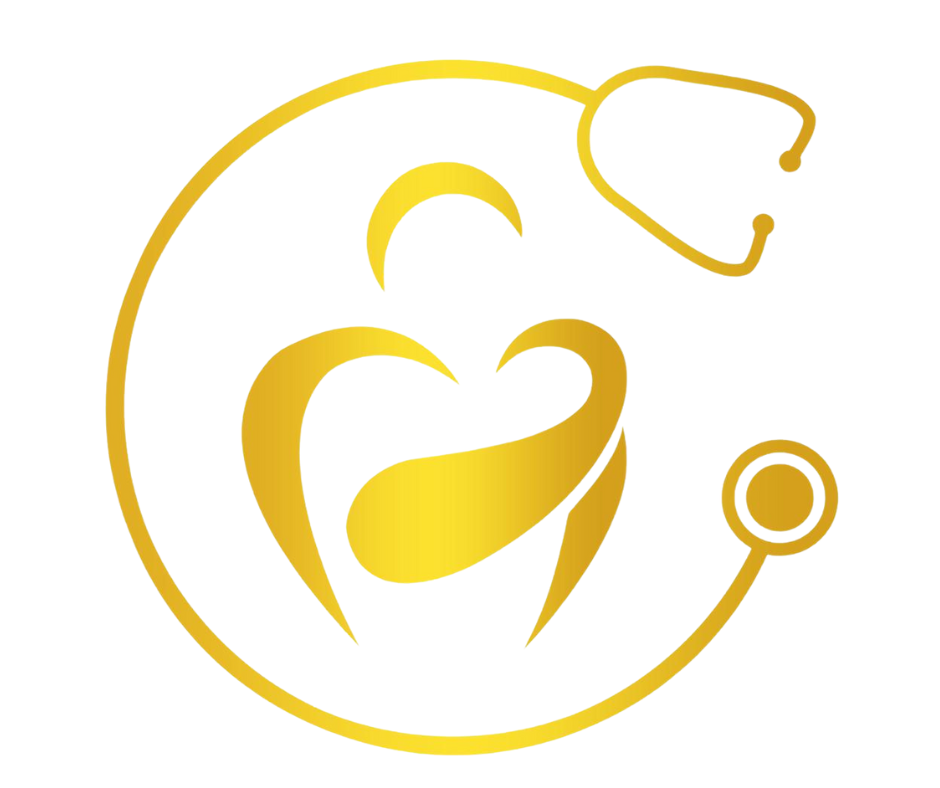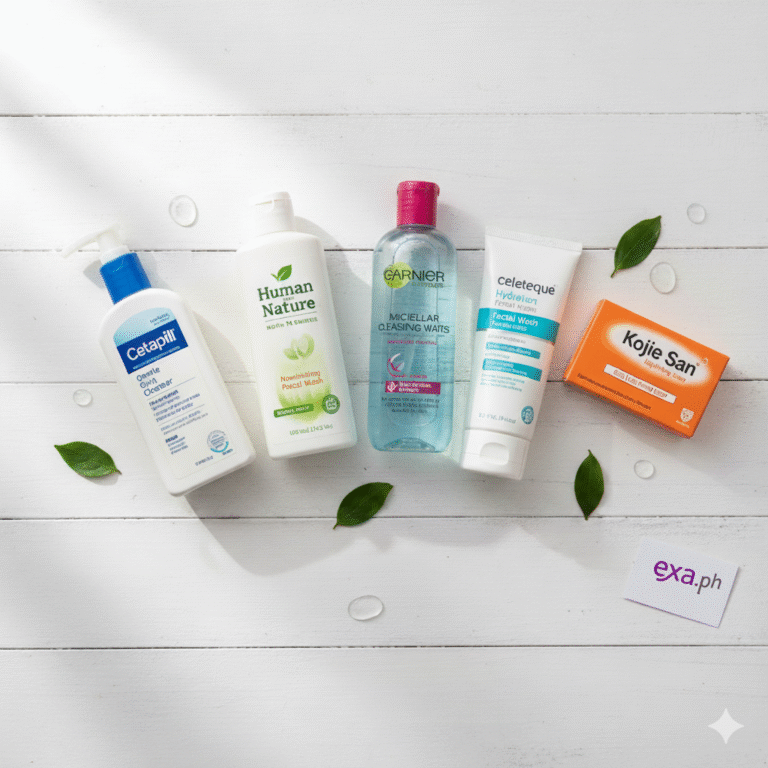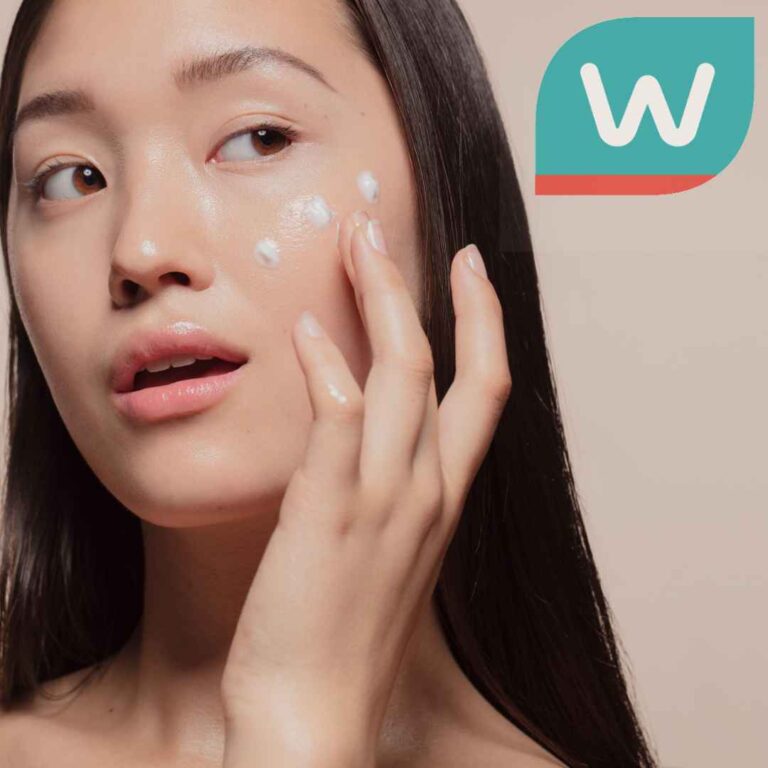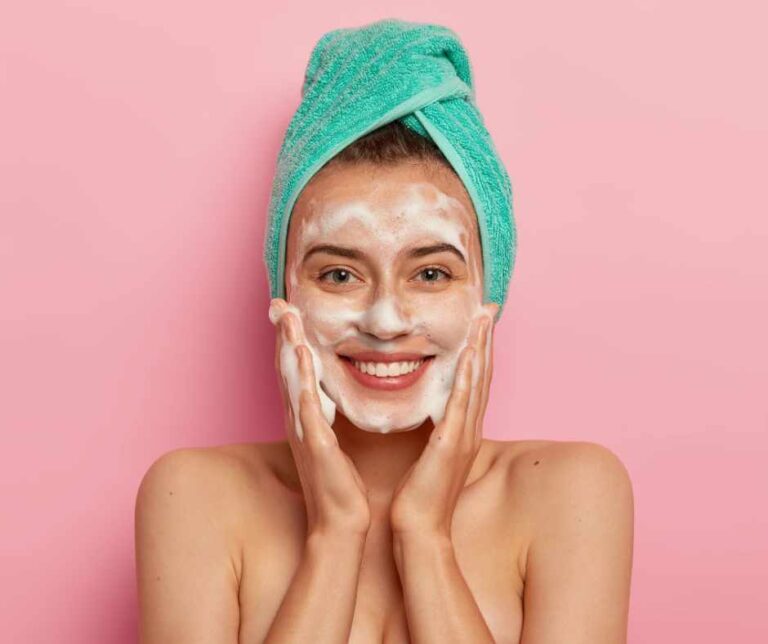What Is My Skin Type? | Asian Edition


Understanding your skin type is crucial for choosing the right skincare products and routines that work best for you.
In this guide, we will delve into the the unique characteristics of Asian skin types, explore the different skin types commonly found among Asians and provide insights to help you identify which category your skins falls into.
Whether you have oily, dry, combination, sensitive, or normal skin, we quickly navigate the common concerns and challenges faced by individuals with Asian skin.
Let’s cover these skin type characteristics together!
Here Are Some Key Terms
- Melanin
- pigment-producing part of the skin
- determines natural skin tone
- how skin responds to ultraviolet (UV) rays from the sun
- Pigmentation
- excess of melanin
- darkening of patches
- examples: age spots, freckles, melasma
- Sebum
- oily, waxy substance produced by sebaceous glands in skin
- Sebaceous Glands
- oil-producing in skin that keeps hair and skin moisturized and lubricated
The Fitzpatrick Skin Scale
“What is the Fitzpatrick skin scale? I’ve never heard of it.”
You are probably not alone, so here’s gist of it:
- developed in 1975 by Dr. Thomas B. Fitzpatrick
- classification system based on
- amount of melanin
- reaction to sun exposure
- tendency to sunburn or tan
- In simplest terms
- very pale skin is more likely to burn.
- As you progress to the opposite end of the spectrum,
- darker skin is less likely to burn
- but more likely to tan during sun exposure

Where Do Asians Fit In Fitzpatrick Skin Scale?
The majority of Asians are under Types 3-5.
- Type 3: Sometimes burns, tans uniformly
- light brown or cream-white skin
- moderate brown shade but risk sunburn
- Type 4: Burns minimally, always tans well
- brown or olive
- tan easily
- reduced risk of sunburn compared to the lighter skin types
- Type 5: Very rarely burns, tans very easily
- dark brown skin
- tan very quickly
- minimal risk of sunburn
What Is My Skin Type?
Skin type describes how your skin tends to look and feel.
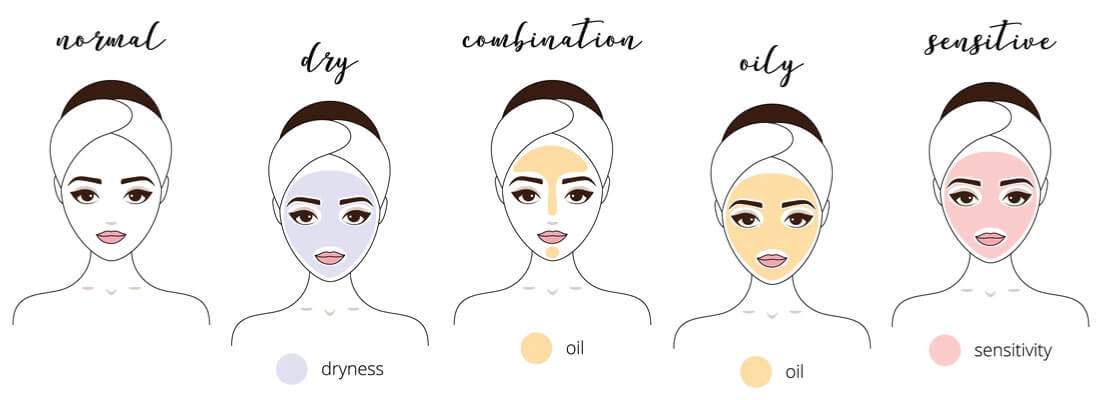
- Normal
- well-balanced
- feels hydrated and comfortable
- clear, smooth, healthy complexion
- barely visible pores
- no severe sensitivity
- rarely experience skin issues
- Oily
- shiny and greasy
- T-zone: forehead, nose, and chin
- cause: overproduction of sebum from sebaceous glands
- triggered by stress, humidity, genetics, hormones
- more acne-prone
- have fewer wrinkles
- Dry
- lacks natural moisturizing factors – sebum, natural oils
- appears dehydrated, dull, flaky, scaly
- feels tight, with a rough texture
- more visible fine lines
- triggers: using abrasive products, taking long, hot showers
- Combination
- some areas are dry, others are more oily
- usually, dry to regular skin in cheeks, mouth and eyes
- oily skin in the T-zone area (nose, forehead and chin)
- Sensitive
- only type not determined by oil production
- reactive
- vulnerable to external irritants
- easily triggered by certain ingredients or environmental factors
- red and stings, burns, or feels irritated
What Skin Characteristics do Asians Have?
As beauty aesthetics are starting to trend in Southeast Asia, it is important for the Asian community to understand the unique traits that set Asian skin apart.
Here are some ways in which the Asian skin differs:
- Higher Melanin
- pigment-producing cells more active
- pigmentation forms more easily in Asian skin than Caucasian counterparts with the same amount of stimulation (e.g. ultra-violet radiation)
- stimulation can also come in the form of inflammatory skin conditions (e.g. acne, eczema or psoriasis
- external trauma to the skin (e.g cosmetic lasers, chemical peels, energy devices like Thermage, etc.)
- post-inflammatory hyperpigmentation (i.e. increased melanin production on areas of skin which are “damaged”
- More Sensitive
- prone to irritation due to thinner outermost layer of skin
- adverse skin reaction to cosmetics appears to be significantly higher in Asian (33.0%) than in Caucasian subjects (11.3%)
- Acne-prone
- due to environmental factors: tropical climate (heat, humidity and intensive UV radiation)
- triggers inflammatory acne-flare up otherwise known as acne tropicana or tropical acne
- increased oil production by the sebaceous gland
- increasing the number of comedones
- ultra-violet radiation suppresses natural immune response of the skin
- natural skin barrier compromised by P. acnes, the bacteria that is known to cause acne formation, over-colonize the skin causing flares of acne
- Hyperpigmentation
- high more photo-protective pigment melanin
- melasma, freckles and lentigines
- more prone to developing post-inflammatory hyperpigmentation patches when it experiences any damage
- why you see lots of Asian cosmetics include skin lightening and brightening
- Scar Easily
- thinner stratum corneum
- darker skin phototypes (Fitzpatrick III and above) as compared to Caucasian skin
- darker skin increases the risk of scar formation
- increased scar tissue formation and collagen deposition during wound healing
- More Resistant to Aging
- dermis is apparently thicker
- contains greater collagen levels
- promotes elasticity and hydration
Summary
In the end, numerous factors influence the process. When looking to enhance your skin, it’s crucial is ask yourself, “What is my skin type?” to understand the unique qualities of your skin.
Subsequently, it varies based on the seriousness of your condition, the resources you can allocate in terms of time and budget, and the appropriateness of a treatment tailored to meet your requirements.
Nevertheless, the key is to feel confident in your skin and to be vigilant in observing any alterations in your skin’s condition.
